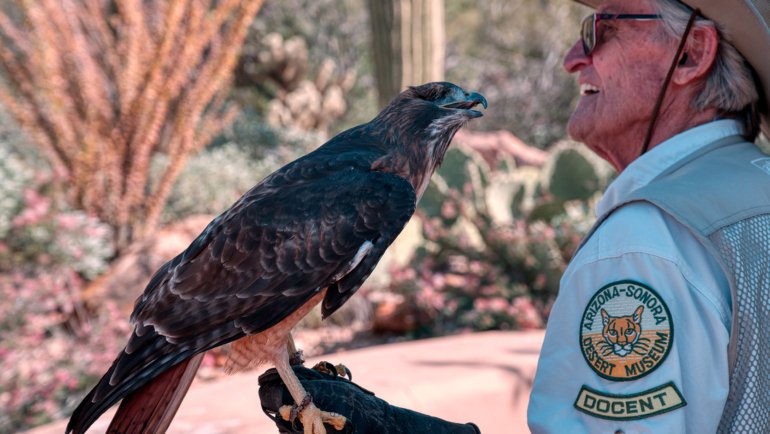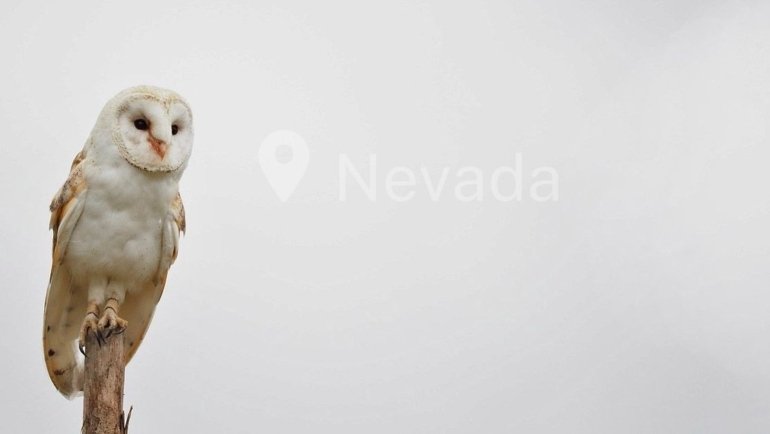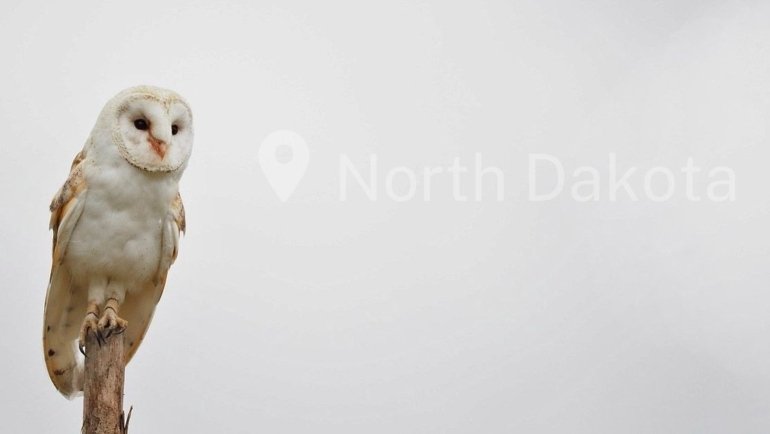Crows, intelligent and adaptable birds, are known for their striking black plumage and impressive problem-solving skills. Found across various habitats, from urban environments to rural landscapes, these birds are a common sight in many parts of the world. Crows play a crucial role in the ecosystem as scavengers, helping to clean up carrion and waste.
As omnivores, they have a varied diet that includes insects, seeds, fruits, and small animals, positioning them as both prey and predator in the food chain. Despite their intelligence and adaptability, crows face numerous natural threats from a range of predators.
The presence of crows in an ecosystem indicates a healthy balance, as they contribute significantly to natural processes like seed dispersal. Their social structures, often involving complex family dynamics and communication skills, make them fascinating subjects of study. However, these very traits that contribute to their success also attract the attention of various predators, who see them as a valuable food source.
Top 10 Predators of Crows
Hawks
Hawks are among the most formidable predators of crows, utilizing their keen eyesight and speed to hunt. These raptors often target crows during flight or swoop down on them while perched on trees. In many ecosystems, hawks and crows share overlapping territories, leading to frequent interactions. The red-tailed hawk, in particular, is known for preying on crows when the opportunity arises.
While hawks generally prefer smaller birds or mammals, they may target crows, especially juveniles or isolated individuals. The encounter between a hawk and a crow is often a game of agility and speed, with crows using evasive maneuvers to escape.
Owls
Owls, primarily nocturnal hunters, pose a significant threat to roosting crows. Species like the great horned owl have been known to attack crows at night when they are most vulnerable. The silent flight of an owl allows it to approach undetected, striking with powerful talons.
Crows often use mobbing tactics to drive away owls that venture too close to their nests during the day, but at night, an owl’s stealth and nocturnal advantage make it a formidable predator.
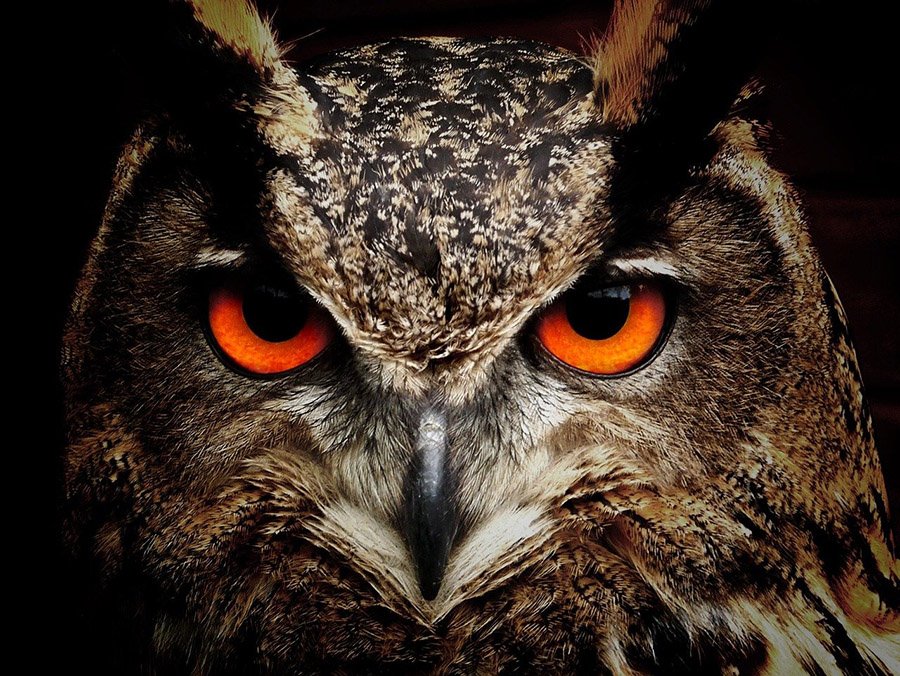
Eagles
Eagles are apex predators that occasionally prey on crows. These powerful birds of prey have few natural enemies themselves and are known for their strength and hunting prowess. An eagle’s diet mainly consists of fish and mammals, but they are opportunistic and may catch unwary crows.
Golden eagles, for instance, have been observed snatching crows mid-flight or raiding nests. In areas where food is scarce, the competition between eagles and crows can become intense.
Falcons
Falcons, particularly peregrine falcons, are known for their incredible speed and aerial hunting techniques. Although they prefer smaller birds, they can occasionally target crows, especially in open areas where they can use their speed to their advantage.
The peregrine falcon’s hunting strategy involves high-speed dives, reaching over 200 mph, making it difficult for even the agile crow to escape once targeted. Encounters between these birds often result in dramatic aerial chases.
Snakes
In regions where they coexist, snakes pose a threat to crow eggs and chicks. Predatory snakes, such as rat snakes, can climb trees and raid nests to consume eggs or young birds before they fledge.
Crows are attentive parents and often fiercely defend their nests by mobbing or intimidating snake predators. However, snakes’ stealth and ability to blend with their surroundings make them a significant threat during the breeding season.
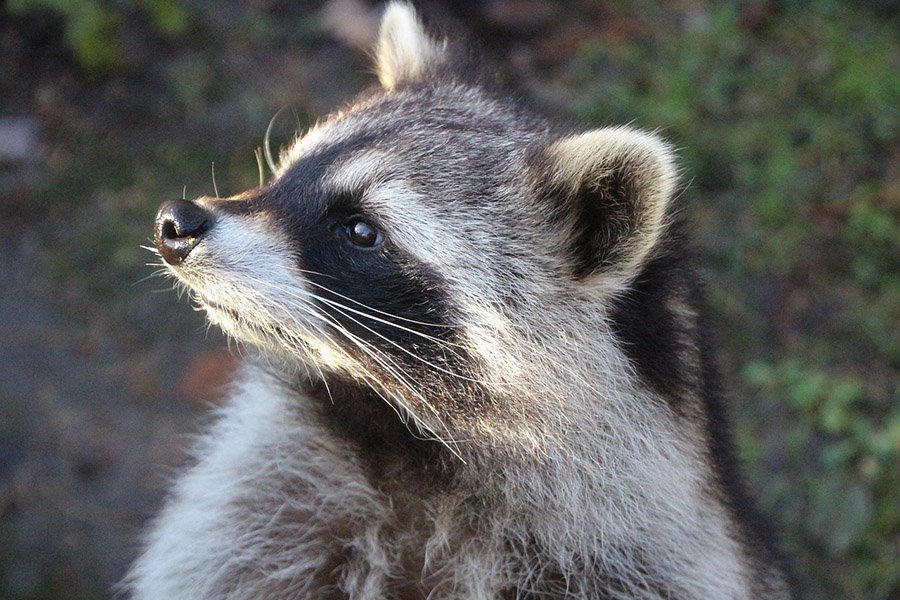
Raccoons
Raccoons are opportunistic predators that often raid crow nests, particularly during the breeding season. With their dexterous front paws, raccoons are adept at climbing trees and can reach nests to feast on eggs and nestlings.
Although crows attempt to deter raccoons through collective defense strategies, the cunning and persistence of these mammals make them effective nest raiders, contributing to crow population dynamics.
Red Foxes
Red foxes, primarily ground predators, may target crows when they forage on the ground. Although crows can quickly take flight, young or injured individuals may fall prey to these agile canines.
Foxes are especially a threat in environments where undergrowth or other cover allows them to approach unnoticed. Their ability to adapt to various environments also means they frequently share territory with crows.
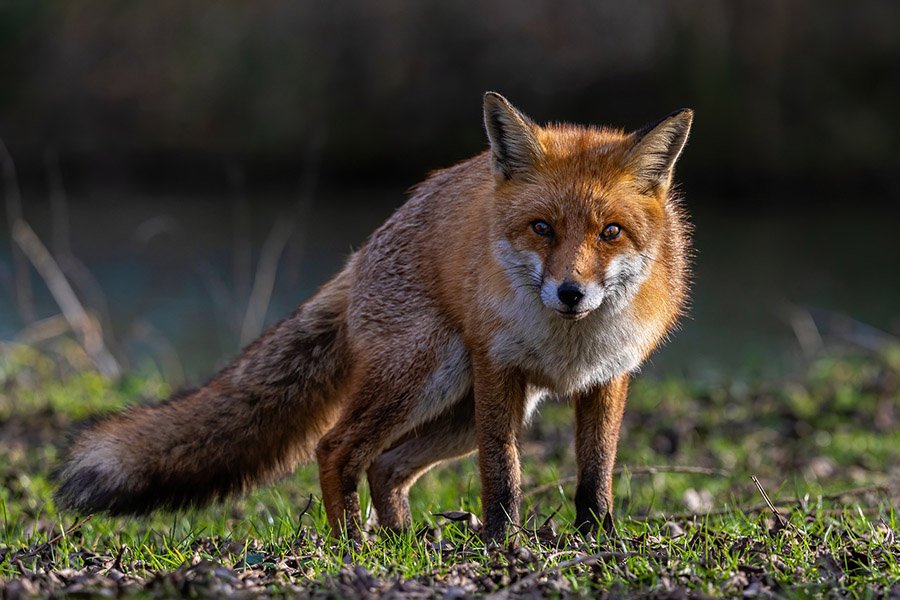
Cats
Domestic and feral cats are a notable threat to crows, particularly fledglings that have just left the nest. Cats’ stealth and hunting skills make them effective predators in urban and suburban environments where crows are abundant.
While adult crows are generally too large and wary for cats, young crows learning to fly are vulnerable to cat predation, highlighting the impact of human-introduced species on native wildlife.
Squirrels
Squirrels are unexpected predators that target crow eggs and chicks. These small mammals are known for raiding the nests of various bird species, including crows, especially when food is scarce.
Crows attempt to defend their nests vigorously through mobbing, but squirrels’ persistence and ability to navigate trees make them a notable threat during the nesting season.
Goshawks
Goshawks, like other birds of prey, occasionally prey on crows. Known for their powerful build and hunting skills, goshawks hunt in forested areas where crows often nest.
Their ability to maneuver through dense forests gives them an advantage in surprising crows. The threat posed by goshawks is primarily to unsuspecting or young crows that have yet to develop full evasive capabilities.
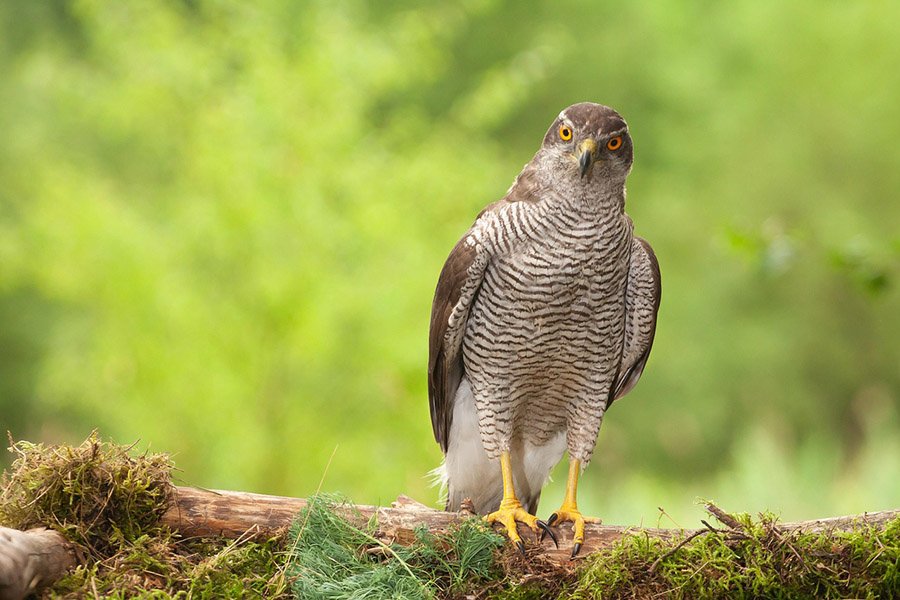
How Do Crows Defend Themselves?
Crows are renowned for their intelligence and social behavior, which are key to their defensive strategies against predators. One of their primary defenses is mobbing, where a group of crows will collectively harass a predator, using loud calls and dive-bombing tactics to drive it away. This behavior is particularly effective against larger birds of prey like hawks and owls, which may be deterred by the sheer persistence and aggression of the mobbing crows.
Another defense mechanism crows employ is their keen awareness and communication skills. They have a complex system of vocalizations to signal danger and alert each other of potential threats. This early warning system allows crows to take flight or hide before a predator gets too close. Their ability to recognize individual humans and animals that pose a threat is also remarkable, allowing them to adapt their behavior accordingly.
Crows are also adept at finding safe roosting sites. They often choose locations that are difficult for predators to access, such as tall trees or urban structures that provide both height and concealment. By roosting collectively, crows benefit from the added safety of numbers, reducing the likelihood of a successful predator attack.
Lastly, crows may use distraction and deception to protect themselves and their young. They are known to feign injury or distress to lure predators away from their nests or vulnerable members of their group. Such tactics showcase the crow’s cunning and strategic thinking, making them a challenging target for predators.
Frequently Asked Questions
What animals eat crows?
Crows have several natural predators, including hawks, owls, eagles, falcons, and raccoons, among others.
Do crows have any natural defenses against predators?
Yes, crows use mobbing, communication, strategic roosting, and even deception to defend against predators.
Why do crows mob predators?
Mobbing is a defensive behavior where crows collectively harass and drive away potential threats to protect themselves and their offspring.
Can crows recognize individual threats?
Crows are highly intelligent and can recognize individual humans and animals that pose a threat, adjusting their behavior to avoid danger.
Are crows at the top of the food chain?
No, while crows are effective predators themselves, they are not at the top of the food chain and have several natural predators.


